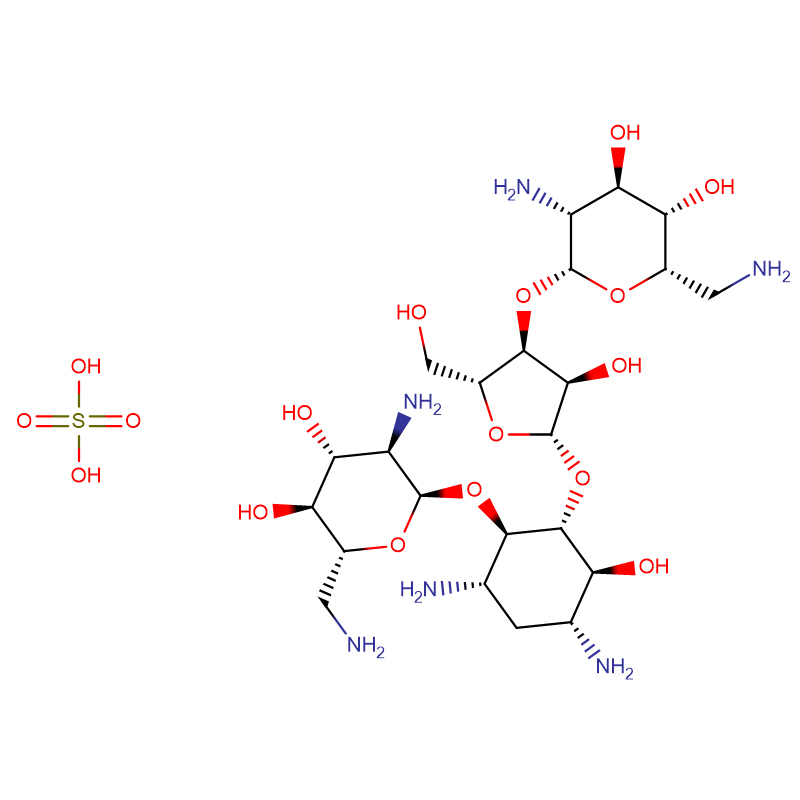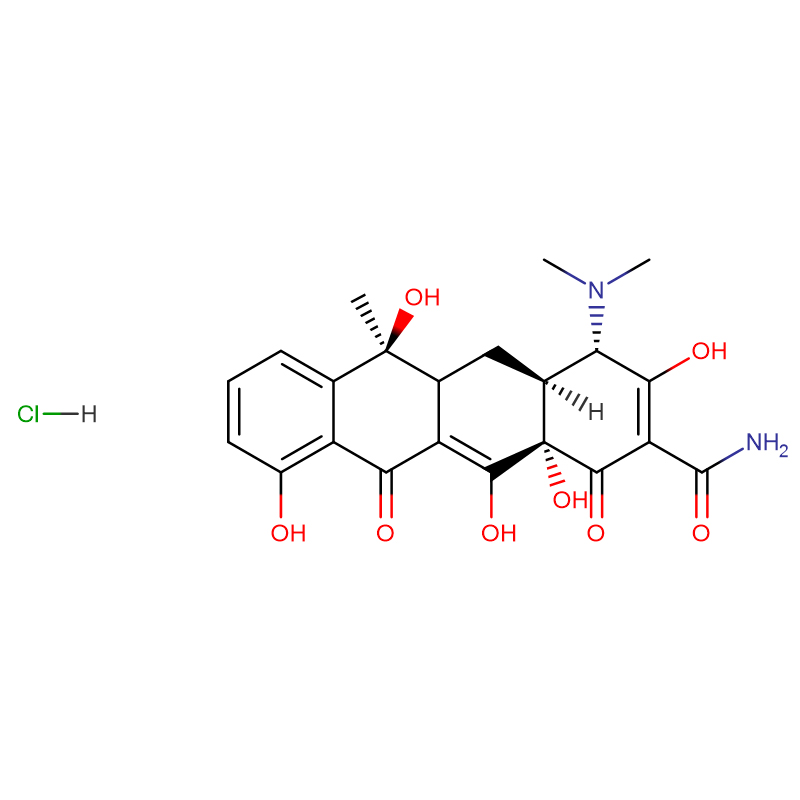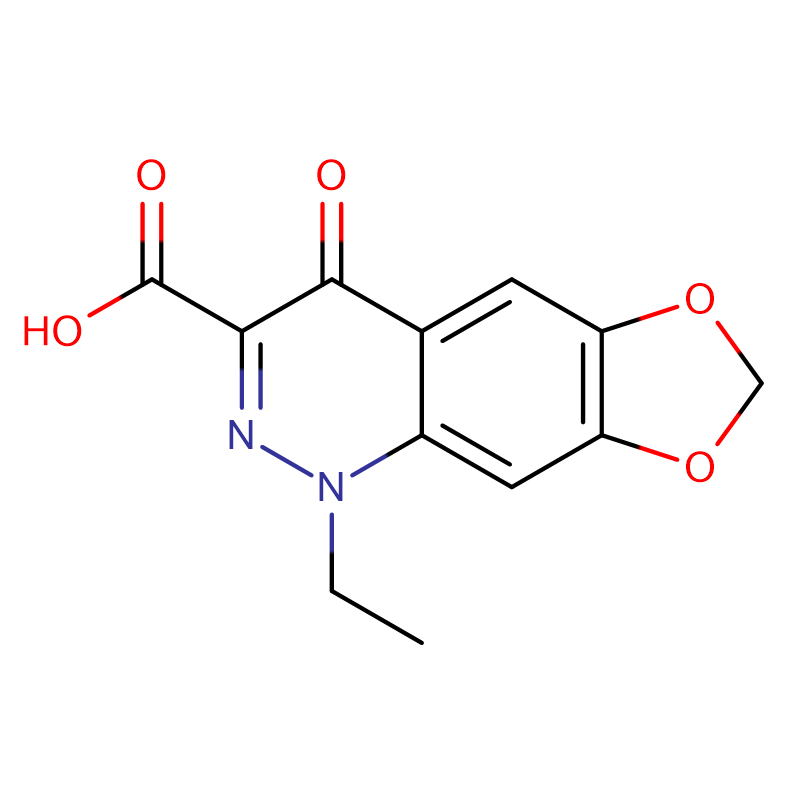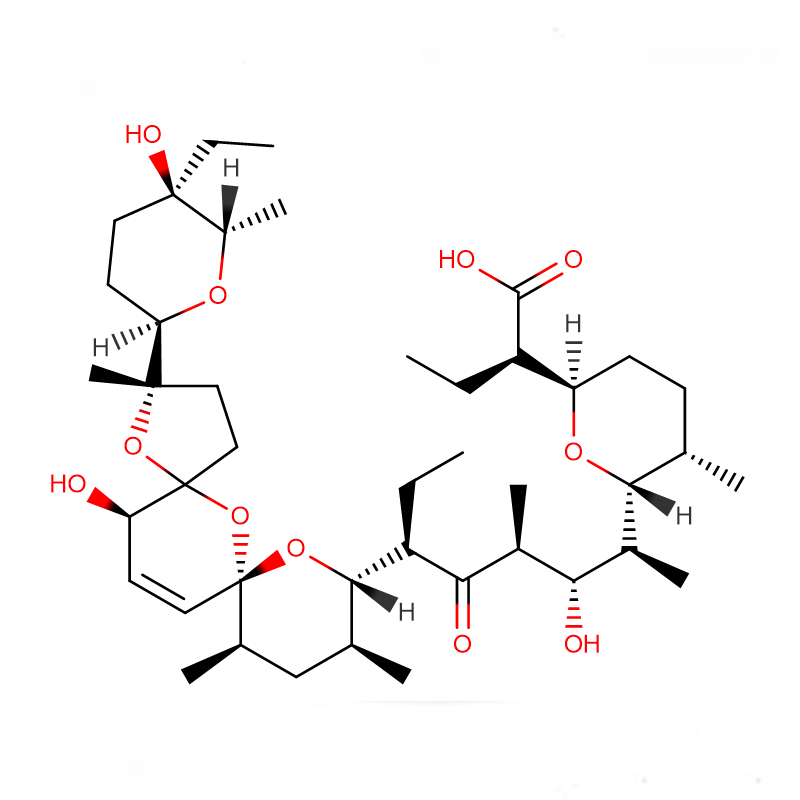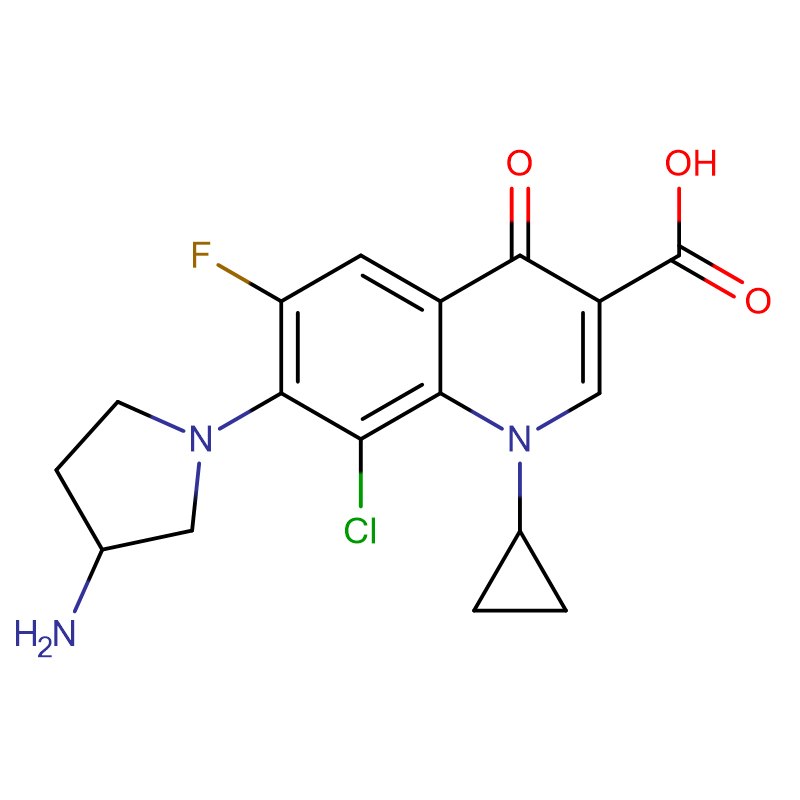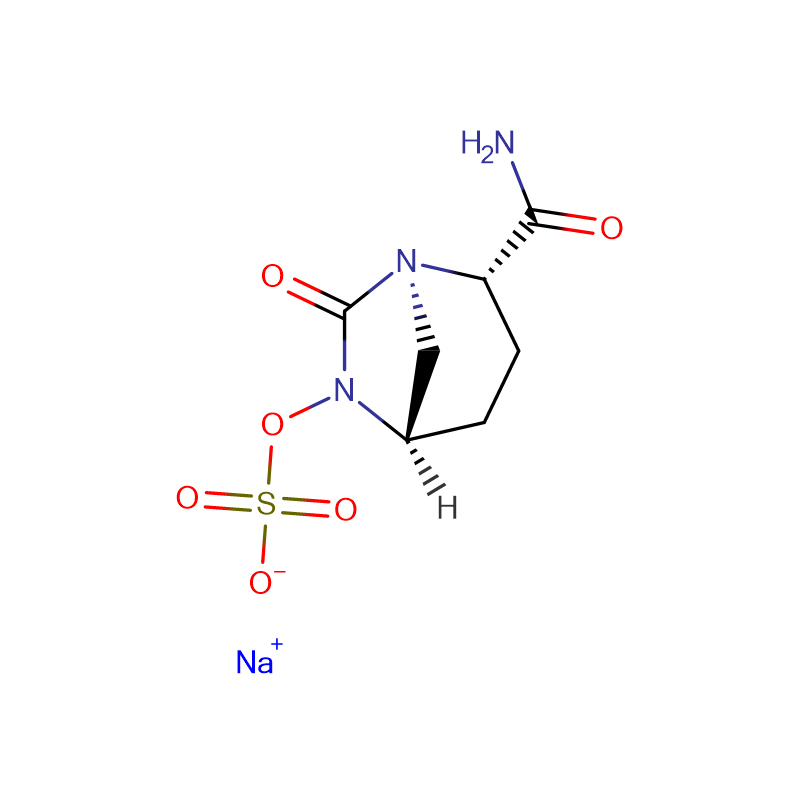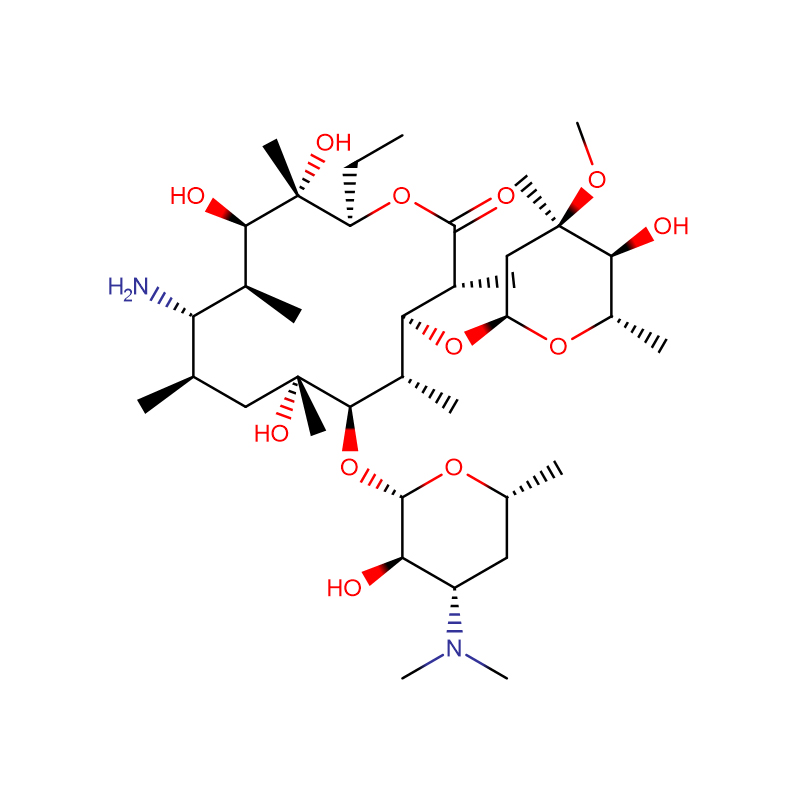Neomycin sulfate CAS:1405-10-3 White to slightly yellow powder
| Catalog Number | XD90362 |
| Product Name | Neomycin sulfate |
| CAS | 1405-10-3 |
| Molecular Formula | C23H46N6O13 xH2SO4 |
| Molecular Weight | 908.88 |
| Storage Details | Ambient |
| Harmonized Tariff Code | 29419000 |
Product Specification
| Solubility | Freely soluble in water, very slightly soluble in alcohol, soluble in acetone, chloroform and ether |
| Assay | 99% |
| Appearance | White to slightly yellow powder |
| Specific rotation | 53.5-59.0 |
| Conclusion | USP grade |
| Loss on Drying | NMT 8.0% |
| Potency | MT 600 μg/mg (dried basis) |
| Sulfide ash | 5.0-7.5 |
Acute otitis externa is a common condition involving inflammation of the ear canal. The acute form is caused primarily by bacterial infection, with Pseudomonas aeruginosa and Staphylococcus aureus the most common pathogens. Acute otitis externa presents with the rapid onset of ear canal inflammation, resulting in otalgia, itching, canal edema, canal erythema, and otorrhea, and often occurs following swimming or minor trauma from inappropriate cleaning. Tenderness with movement of the tragus or pinna is a classic finding. Topical antimicrobials or antibiotics such as acetic acid, aminoglycosides, polymyxin B, and quinolones are the treatment of choice in uncomplicated cases. These agents come in preparations with or without topical corticosteroids; the addition of corticosteroids may help resolve symptoms more quickly. However, there is no good evidence that any one antimicrobial or antibiotic preparation is clinically superior to another. The choice of treatment is based on a number of factors, including tympanic membrane status, adverse effect profiles, adherence issues, and cost. Neomycin/polymyxin B/hydrocortisone preparations are a reasonable first-line therapy when the tympanic membrane is intact. Oral antibiotics are reserved for cases in which the infection has spread beyond the ear canal or in patients at risk of a rapidly progressing infection. Chronic otitis externa is often caused by allergies or underlying inflammatory dermatologic conditions, and is treated by addressing the underlying causes.


